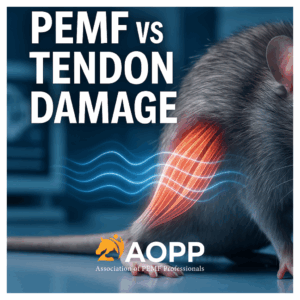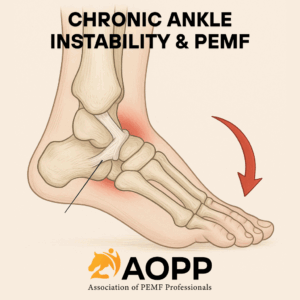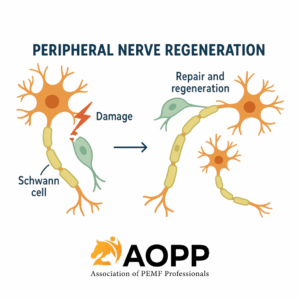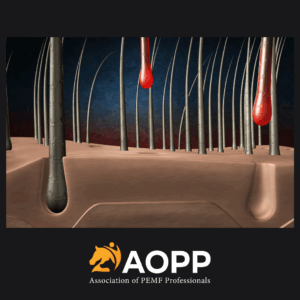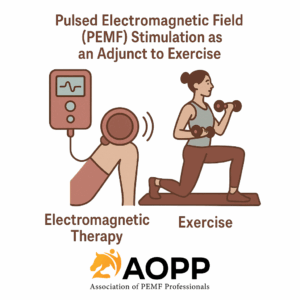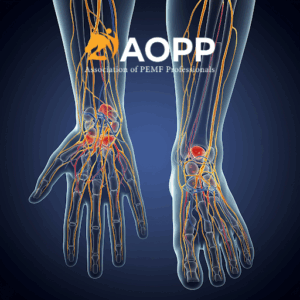AOPP Memberships
Search Results for: tms-transcranial-magnetic-stimulation
Back to all
Electromagnetic Therapy Potential Tool for Improving Dairy Herd Health
Tuesday, March 18, 2025 A UNH–MagnaWave partnership examines pulsed electromagnetic field therapy for milk production and udder health Seely applies the pulsed electromagnetic field therapy…
Effects of Pulsed Electromagnetic Field Treatment on Skeletal Muscle Tissue Recovery in a Rat Model of Collagenase-Induced Tendinopathy: Results from a Proteome Analysis
Tendon disorders often result in decreased muscle function and atrophy. Pulsed Electromagnetic Fields (PEMFs) have shown potential in improving tendon fiber structure and muscle recovery.…
The clinical effects of pulsed electromagnetic field therapy for the management of chronic ankle instability: a study protocol for a double-blind randomized controlled trial
Chronic ankle instability is associated with long-term neuromuscular deficits involving poor postural control and peroneal muscular impairment. Symptoms of chronic ankle instability hinder engagement in…
Effects of PEMF and LIPUS Therapy on the Expression of Genes Related to Peripheral Nerve Regeneration in Schwann Cells
Peripheral nerve regeneration remains a major challenge in neuroscience, despite advancements in understanding its mechanisms. Current treatments, including nerve transplantation and drug therapies, face limitations…
Physical Treatments and Therapies for Androgenetic Alopecia
Androgenetic alopecia, the most common cause of hair loss affecting both men and women, is typically treated using pharmaceutical options, such as minoxidil and finasteride.…
Little Patients, Big Questions: Pediatric PEMF—Safety, Dosage & Real-World Insights
Why Parents & Practitioners Are Asking About PEMF for Kids From growing-pains and ankle sprains to sleep struggles and focus issues, today’s children face many…
Pulsed Electromagnetic Field (PEMF) stimulation as an adjunct to exercise: a brief review
Pulsed Electromagnetic Field (PEMF) therapy is a non-invasive treatment that utilizes electromagnetic fields to stimulate and promote natural healing processes within the body. PEMF therapy…
Assessing the Effects of Pulsed Electromagnetic Therapy on Painful Diabetic Distal Symmetric Peripheral Neuropathy: A Double-Blind Randomized Controlled Trial
Background: Significant complications of diabetes include pain and the loss of sensation in peripheral limbs. Pain management of diabetic symmetric peripheral neuropathy (DSPN) remains challenging.…
Investigation of the efficiency of pulsed electromagnetic field treatment and stretching exercise in experimental skeletal muscle injury model
Skeletal muscles form about 40–45% of the total human body mass and are essential for sustaining life. Proper muscle function; allows mobility, joint stability, postural…
Real-world treatment outcomes of transcranial pulsating electromagnetic fields as augmentation therapy for treatment-resistant depression
Background: Treatment outcomes of patients who had received T-PEMF as an augmenting therapy at Aalborg University Hospital, Aalborg, Denmark, was evaluated. Highlights •An episode duration…


